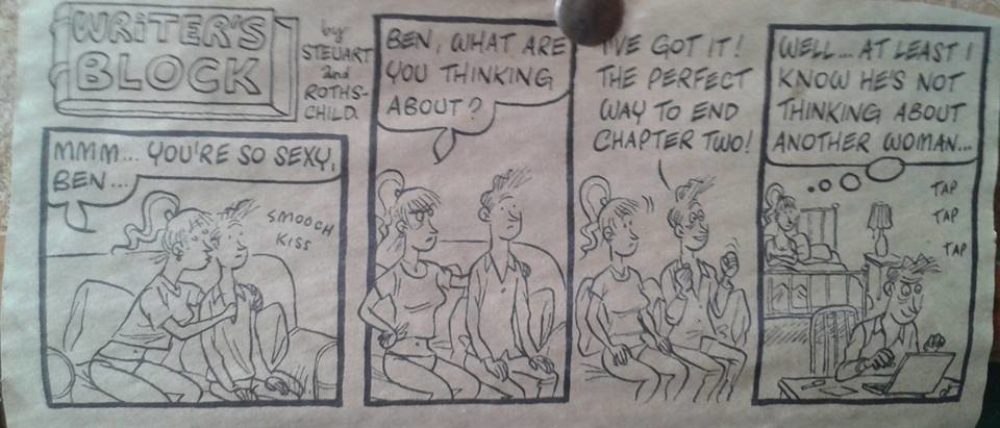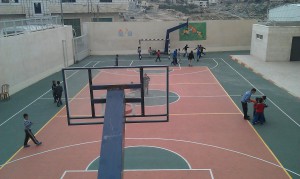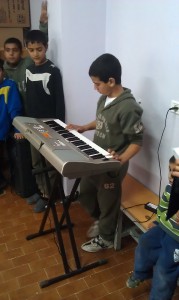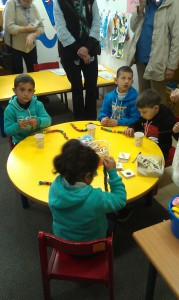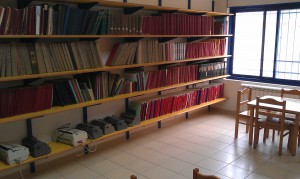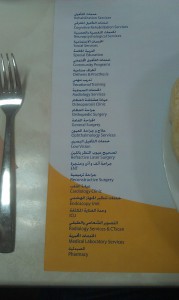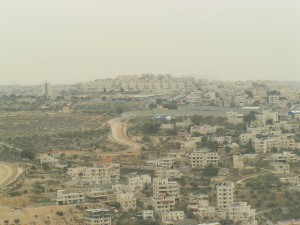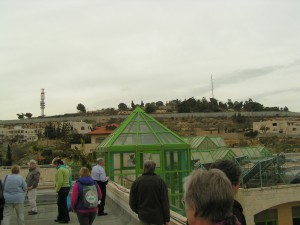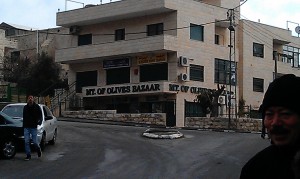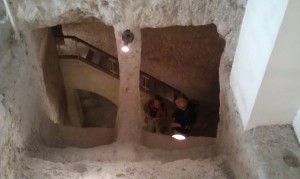My movie-watching for 2013 was way down on previous years. 26 in total, and of those, 8 were watched on the way to, at or back from Worldcon in San Antonio. Dear me. I can only put this down to an increase in Scandi crime viewing on Saturday evenings, our usual viewing slot, including working our way through two series of The Killing.
So anyway. Remembering the criterion and adage that “It’s not what it’s about, it’s how it’s about it”, here goes. The Ben Awards for 2014.
Best movie
- Cloud Atlas
- Ender’s Game
- The Good, the Bad & the Ugly
- Winner: Cloud Atlas
So, how do I define “best”? I go for what I perceive as the most satisfactory meeting of ambition and ability; my enjoyment levels in watching; and the crunch question, would I mind seeing it again or would I rather just read a book? All of the above meet these criteria; and indeed, I have seen two of the three more than once. (Cloud Atlas on two successive evenings, TGtB&tU more times than I can possibly count over a period of 49 years.)
Ultimately I felt TGtB&tU is so much in a class of its own that comparisons are unfair, bringing it down to a choice of two. Ender’s Game is a flawless recreation of the book which still allows the director’s own vision to show through (unlike, say, the early Harry Potter movies, which were equally flawless book recreations). The story is simplified for the screen without losing anything, though bizarrely gaining a Kiwi accent for Ben Kingsley which contributes nothing. Ultimately however the movie misses out on the Best tag because, being as good as it is, it also highlights the absurdities of the novel – an interstellar fleet run by children? Most attendees at any games expo would wipe the floor with world-saving genius Ender.
Cloud Atlas wins not only because Ender loses but also for being, quite a simply, a 90% successful attempt to film an absolutely unfilmable book. The book tells six stories broken down into 11 consecutive chunks: five half stories in a chronological sequence, then a whole story set at the farthest point in the future, then the remaining five half stories in reverse chronology. The film takes them and chops them up much more finely, with the same core cast playing characters who are not only very different in type but sometimes age, ethnicity and even gender. In some cases it’s not until you see the end credits that you realise just how many times you have seen the same actor. And every one of them acts, even Hugh Grant, who appears in a brief role so utterly against type that I wanted to rewatch the movie straight away, just to catch another glimpse. (I didn’t, I waited 24 hours.) And, even more so than TGtG&tU, you can tell the cast are having a ball, which adds to the enjoyment; Ender’s Game, it must be said, is just a tad po-faced.
Best actor
- Asa Butterfield (Ender, Ender’s Game)
- Suraj Sharma (Pi, Life of Pi)
- Karl Urban (Dredd, Dredd)
- Winner: Karl Urban.
Ender’s Game sinks or swims on the strength of Ender’s performance, and it’s hard to imagine any other boy actor in the last 20 years doing as well. Asa Butterfield is spot on: he’s grown since The Boy in the Striped Pyjamas but is still small enough to appear vulnerable, and his character is completely different to pyjama-boy and to his lead role in Hugo. But for all that, maybe because the character of Ender himself is such a contrivance, it’s hard to shake the feeling he’s jumping through hoops on demand, as is every other character in the movie.
Ditto Suraj Sharma, who is very good indeed in his debut performance as Pi, spending much of his time acting at a CGI tiger. Both these young men have the true triumphs of their careers yet to come.
And then we come to Karl Urban, who is Dredd, and conveys it despite having half his face obscured for the entire movie. What was I saying about contrived characters? Well, he takes the not-entirely-uncontrived lawman of Mega City 1 and makes him human. With half a face. And he is also pretty good as McCoy in Star Trek Into Darkness, playing a totally different role. So, Urban it is.
Most unexpectedly good
- Dredd
- Man of Steel
- Winner: Man of Steel.
Dredd comes very close indeed to winning here; its one drawback is that, apart from the Judges themselves, it just looks too contemporary. One thing I will give Stallone’s Judge Dredd is that what we saw on screen really was Mega City 1, which sadly was the setting for a lousy story. But this Mega City is just like downtown Detroit, with (okay, okay) brutalist kilometre-high concrete skyscrapers, but brutalist kilometre-high concrete skyscrapers alone do not a Mega City make.
Whereas Man of Steel is, believe it or not, not a Superman movie. It’s a movie about Kryptonians. Kal-el is not the only exiled member of his race trying to make a new life on Earth. Meanwhile, before succumbing to damsel-in-distress mode, Pultizer-prize winning journo Lois Lane actually behaves in a Pulitzer-prize winning manner and tracks down Clark Kent by following the inevitable clues a man like him would leave behind, without him realising.
Not necessarily bad but biggest waste of a good cast
- Hitchcock
- Phil Spector
- Quartet
- Winner: Phil Spector
All three have good casts, two of which include Helen Mirren. However, in two cases the story is predictable because it’s already based on historical fact, and in one it’s predictable because the denouement of the entire fiction-based plot is the only thing that could happen in a pastoral comedy starring Tom Courtenay, Maggie Smith, Pauline Collins and Billy Connolly. But the winner, i.e. the biggest waste, has to be Phil Spector, for not deviating one jot from reality and giving neither Mirren nor Al Pacino anything to do other than recite their lines (Pacino mumbling his around the bits of the scenery he was chewing at the time).
